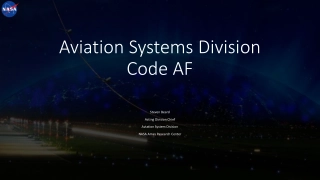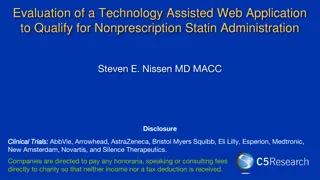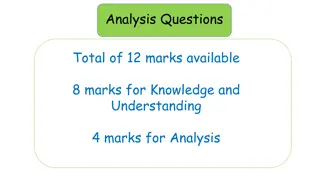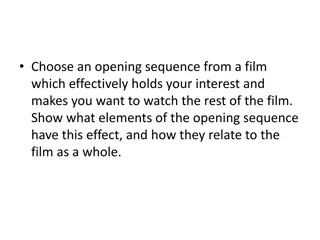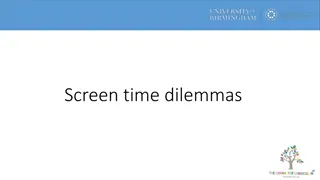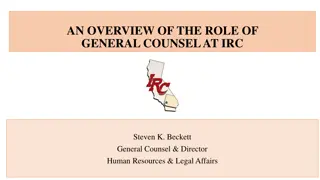
Optimizing System Performance through Path Analysis
Enhance system efficiency by analyzing error paths. Explore ways to avoid common pitfalls like open doors, violating paths, and inadequate user feedback. Improve execution paths, minimize errors, and provide a user-friendly experience.
Download Presentation

Please find below an Image/Link to download the presentation.
The content on the website is provided AS IS for your information and personal use only. It may not be sold, licensed, or shared on other websites without obtaining consent from the author. If you encounter any issues during the download, it is possible that the publisher has removed the file from their server.
You are allowed to download the files provided on this website for personal or commercial use, subject to the condition that they are used lawfully. All files are the property of their respective owners.
The content on the website is provided AS IS for your information and personal use only. It may not be sold, licensed, or shared on other websites without obtaining consent from the author.
E N D
Presentation Transcript
By Steve Kassof Advisor: Aaron Cass
Ways to get it wrong Between Floors Doors open while moving People left stranded Problems with testing Time Thoroughness
Open Doors First Floor Doors Open First Floor Doors Closed Close Doors Open Doors Close Doors Down One Floor Up One Floor Close Doors Second Floor Doors Open Second Floor Doors Closed Close Doors Move Car Open Doors
Creating execution paths Model how a program runs Faster and less expensive than test running
Open Doors First Floor Doors Open First Floor Doors Closed Close Doors Open Doors Close Doors Down One Floor Up One Floor Close Doors Second Floor Doors Open Second Floor Doors Closed Close Doors Move Car Open Doors
Give user violating paths State with incorrect system properties Something went wrong
Open Doors First Floor Doors Open First Floor Doors Closed Close Doors Open Doors Close Doors Down One Floor Down One Floor Down One Floor Up One Floor Up One Floor Up One Floor Close Doors Second Floor Doors Open Second Floor Doors Closed Close Doors Move Car Open Doors
No standard output designed to be user- friendly Different output for different FSVs As many as it can find Makes it harder for the user First path found May not have enough information FSVs don t know which path to show Could be too long, too complicated, or too short
FSV finds many violating paths Must have passed through some error Small and representative subset of violating paths Small Easy to comprehend Representative Shows various ways a problem occurs Given paths from an FSV, take 5 paths least alike Reducing commonality makes the subset more representative
Open Doors Close Doors Close Doors Move Car
Take the 1000 shortest paths from the FSV Find number of common nodes between two paths Store number to avoid multiple calculations Find the five paths with lowest commonality Worst case: (n5)
Built simple elevator program Two floors People pushed call button at random times Known error Elevator will instantly respond to call buttons Not fully implemented yet Features missing Wrote to see if we could get violating paths to use
Commonality Change how difference between paths is calculated Every node is involved in each trace Evaluate Efficiency Full Elevator Controller User Study Requires test subjects to languages not taught at Union

